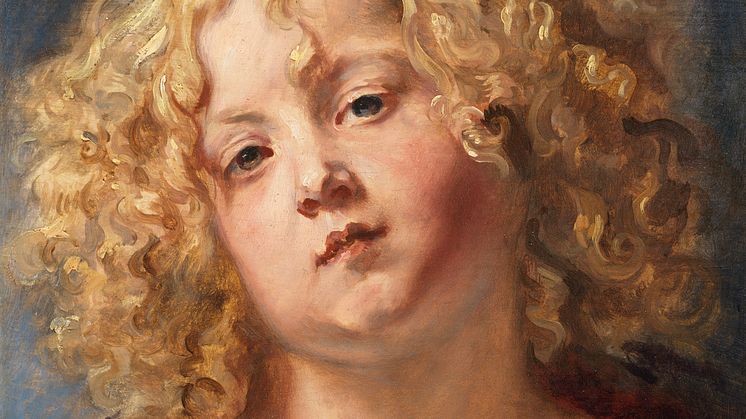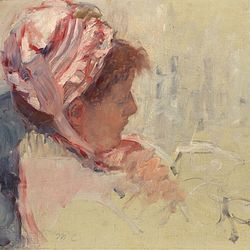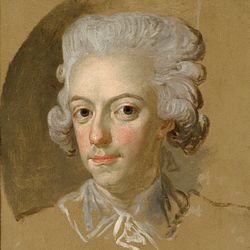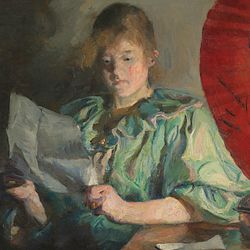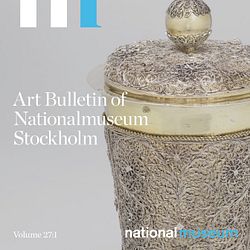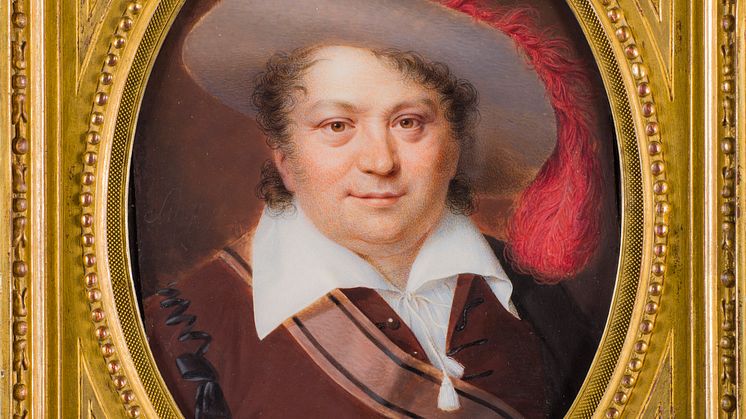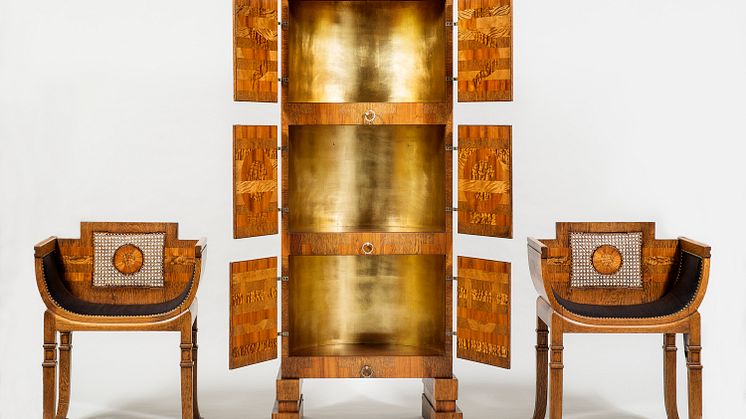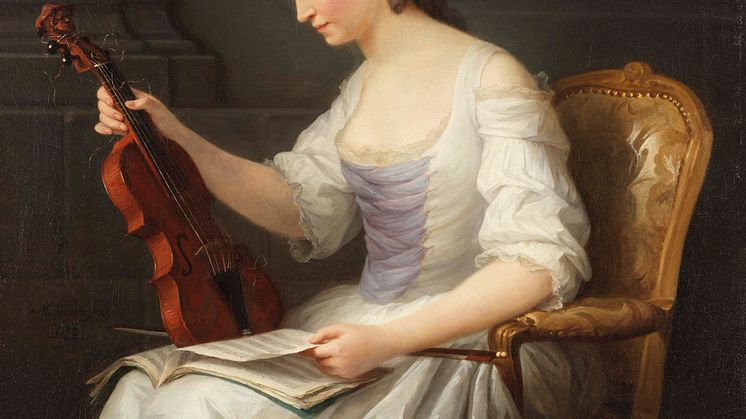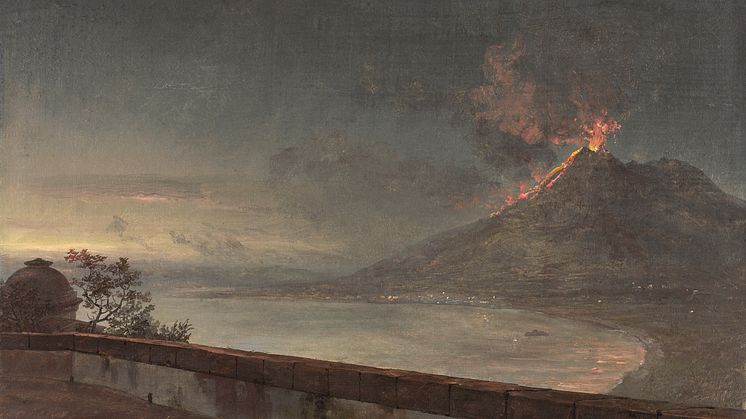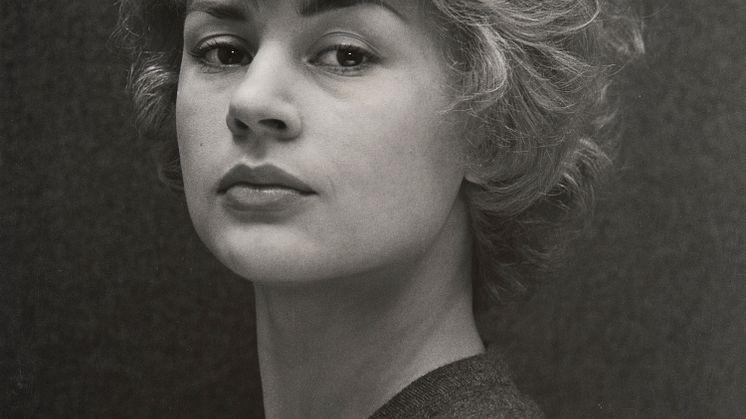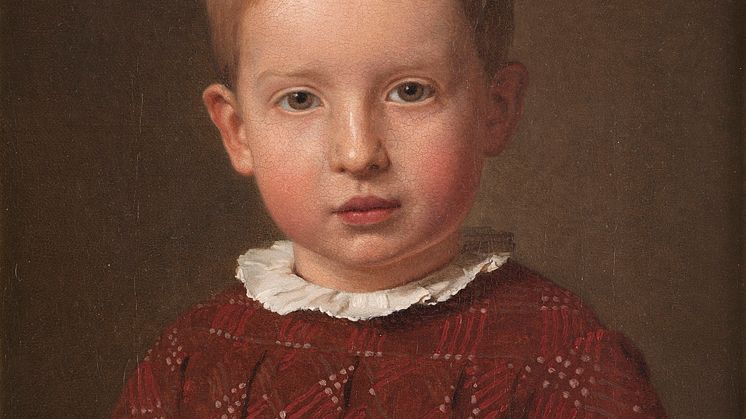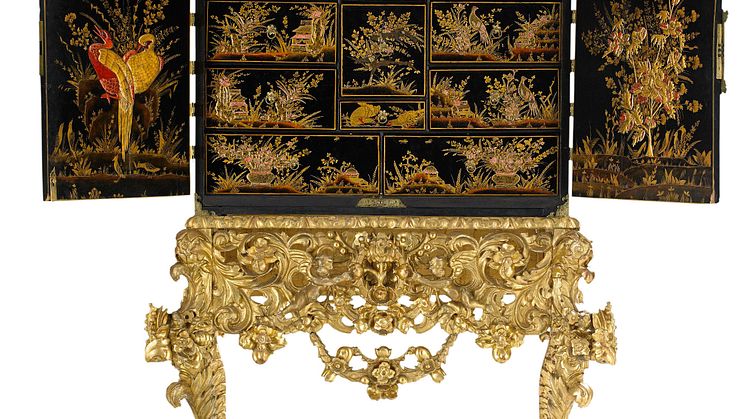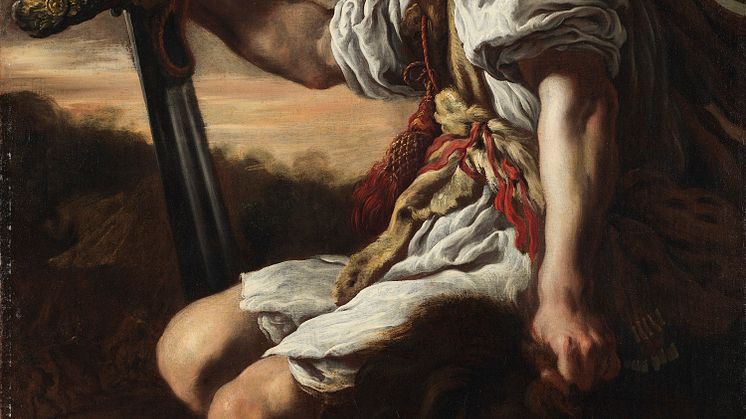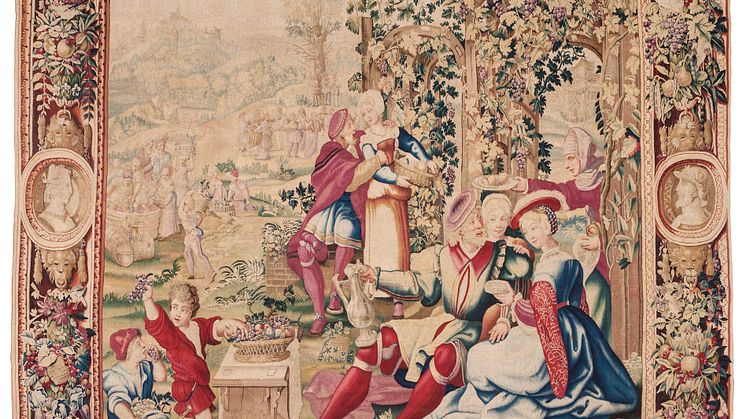Nationalmuseum is Sweden’s museum of art and design. The collections include paintings, sculptures, drawings and graphic art from the 16th century up to the beginning of the 20th century, and applied art and design up to the present day. The collections comprise some 700,000 objects.
The emphasis of the collection of paintings is on Swedish 18th and 19th century painting. Dutch painting from the 17th century is also well represented, and the French 18th century collection is regarded as one of the best in the world. The works are made by artists such as Rembrandt, Rubens, Goya, Boucher, Watteau, Renoir and Degas as well as Swedish artists such as Anders Zorn, Carl Larsson, Ernst Josephson and Carl Fredrik Hill.
The collection of applied art and design consists of objects such as ceramics, textiles, glass and precious and non-precious metals as well as furniture and books etc. The collection of prints and drawings comprises works by Rembrandt, Watteau, Manet, Sergel, Carl Larsson, Carl Fredrik Hill and Ernst Josephson. Central are the 2,000 master drawings that Carl Gustaf Tessin acquired during his tour of duty as Sweden's ambassador to France in the 18th century.
Art and objects from Nationalmuseum’s collections can also be seen at several royal palaces such as Gripsholm, Drottningholm, Strömsholm, Rosersberg and Ulriksdal as well as in the Swedish Institute in Paris. The museum administers the Swedish National Portrait Gallery at Gripsholm Castle, the world’s oldest national portrait gallery and the Gustavsberg collection with approximately 45,000 objects manufactured at the Gustavsberg Porcelain Factory. Nationalmuseum also curates exhibitions at Nationalmuseum Jamtli and the Gustavsberg Porcelain Museum.
Nationalmuseum is a government authority with a mandate to preserve cultural heritage and promote art, interest in art and knowledge of art and that falls within the remit of the Swedish Ministry of Culture.
